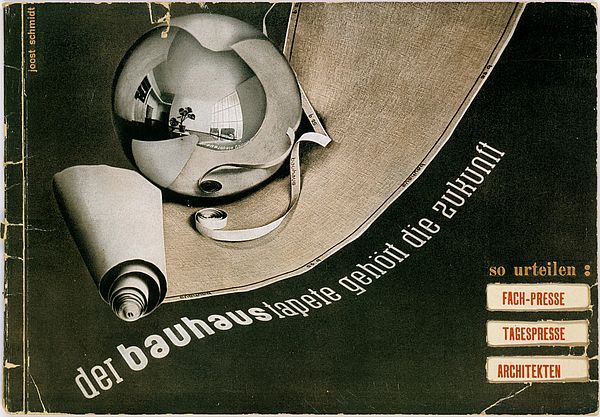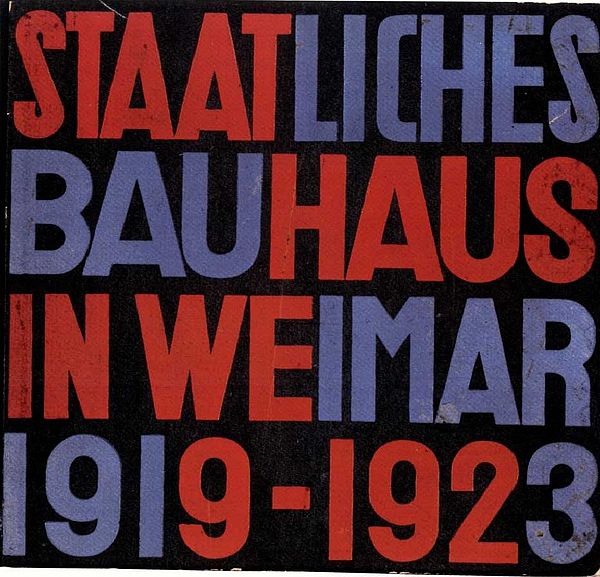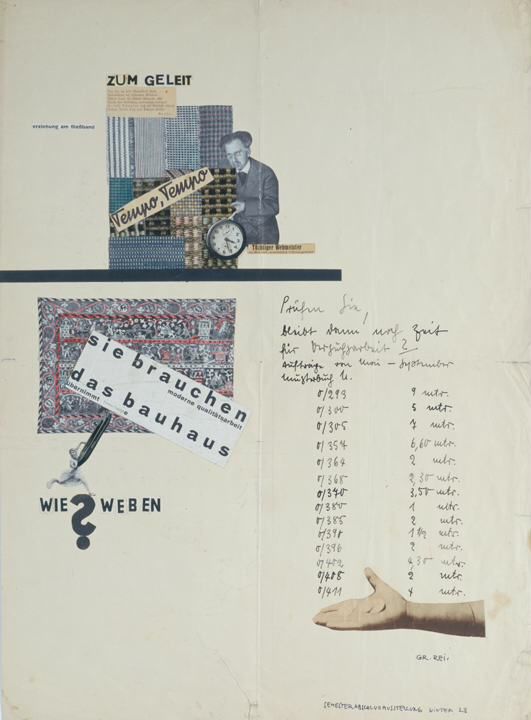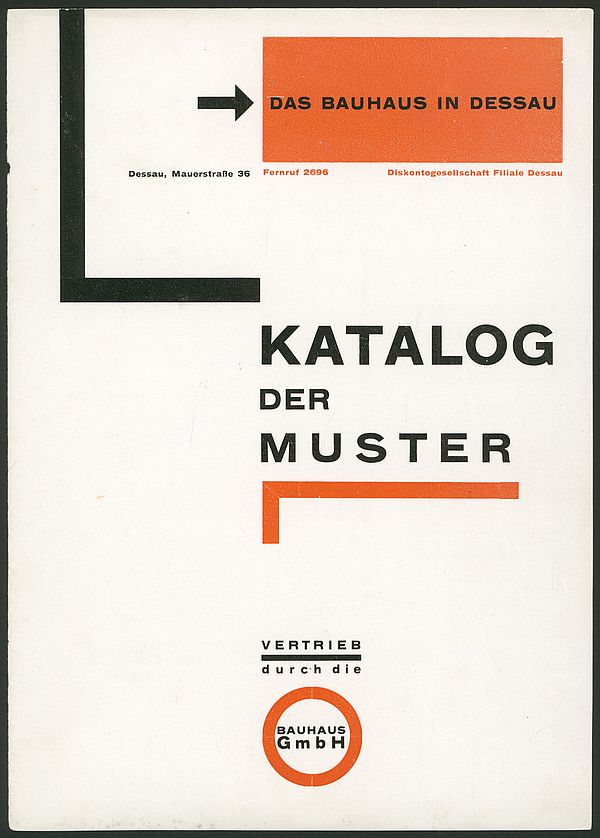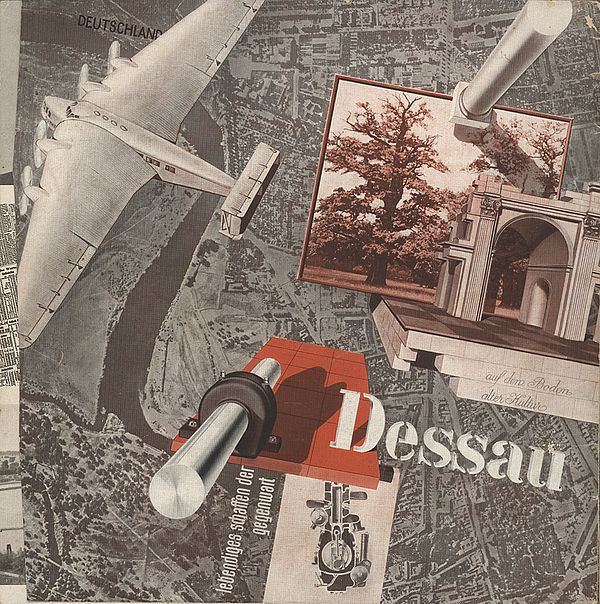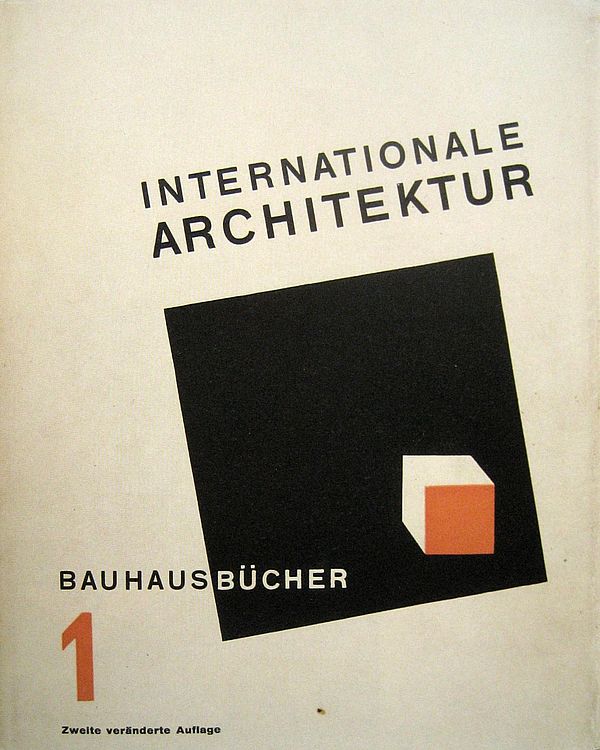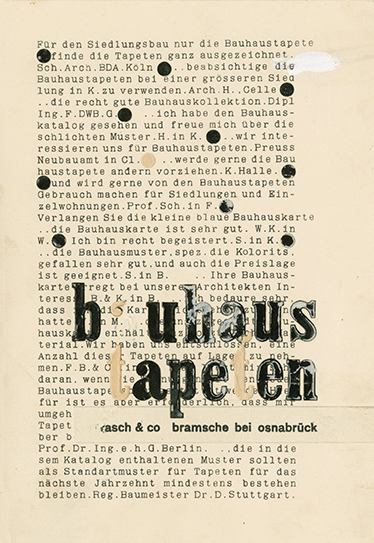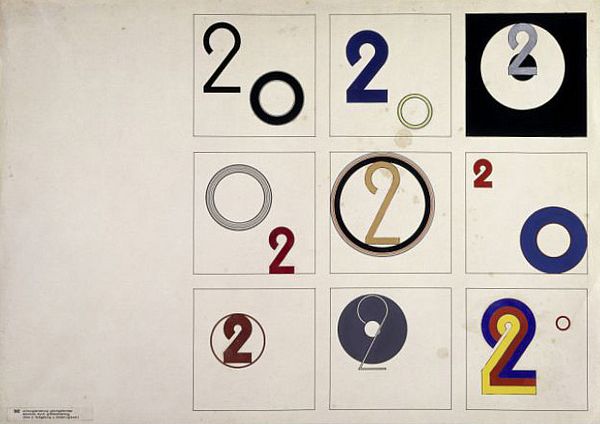Printing and advertising workshop
1925–1933
The workshop for printing and advertising was set up at the Bauhaus in Dessau in 1925. In the early years it was headed by Herbert Bayer, and later by Joost Schmidt and Walter Peterhans.

Masters and Teachers
Herbert Bayer
Joost Schmidt
Ludwig Mies van der Rohe
[Translate to English:] Headline
In 1925, Walter Gropius appointed Herbert Bayer as junior master of the recently established printing and advertising workshop in Dessau. Bayer dedicated himself to the design of new types of lettering, their practical application and the general issues of modern advertising with its technical, economic and psychological aspects. In terms of typography, Bayer made use of the simplest geometric elements. His goal was the standardisation of communication processes and the development of a uniform typographic presence for the Bauhaus. The workshop’s first products included the ‘Catalogue of samples’, which advertised selected Bauhaus products. The work of the printing and advertising workshop led to the reform of the typeface at the Bauhaus Dessau. Its most visible expression was the use of lower case letters.
Under the direction of Hannes Meyer, Joost Schmidt became head of the advertising workshop, shifting its emphasis to exhibition design. In 1929, the newly established photography workshop directed by the photographer Walter Peterhans was incorporated into the advertising workshop as were the classes in sculpture and typography. The advertising workshop at the Bauhaus Berlin, which only existed for a short time under the third director Ludwig Mies van the Rohe, was led by Walter Peterhans.
